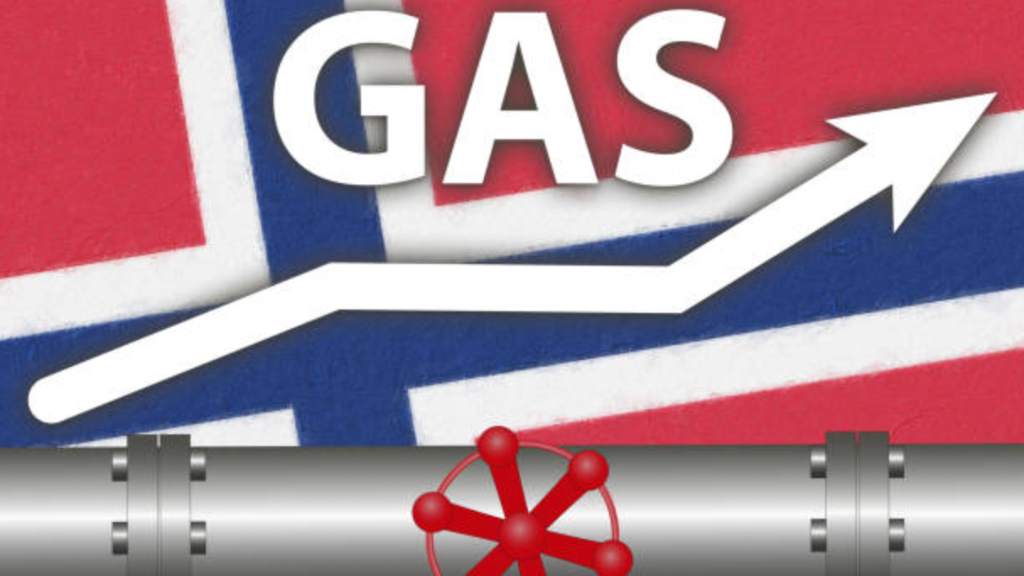
Alina Haynes
Nov 11, 2022 17:35

On Friday, silver extends its breakout momentum through the extremely significant 200-day simple moving average for a second consecutive session. During the early European session, the white metal reaches a five-month high, but struggles to achieve acceptance beyond the $22.00 round-figure threshold. However, the XAGUSD maintains its intraday gains and is currently trading in the $21.85-$21.90 range, up about 0.90% for the day.
The overnight rise from levels below $21.00 and subsequent strength above a technically key moving average bolster the likelihood of a near-term advance. However, the RSI (14) on the daily chart is close to entering overbought territory and aggressive bullish traders should proceed with caution. Before positioning for further gains, it is recommended to wait for some near-term consolidation or a slight drop.
Nevertheless, the XAGUSD is prepared to surpass $22.00 and may seek to test the next significant barrier near $22.45-$22.50. The aforementioned region represents a dense supply zone and may prove difficult for bulls to penetrate. However, some follow-through purchasing will signal a new breakout and pave the way for a move toward recovering the $23.00 round number. The momentum might eventually propel spot prices to a May swing high in the vicinity of $23.25 to $23.30.
In contrast, the daily low around $21.45 that coincides with the 200 DMA breakout point should protect the downside in the short term. Any more decline could be viewed as a buying opportunity and should be limited near $21.00. A decisive breach below might spark technical selling and bring the XAGUSD below the $20.40 support zone. Failure to defend the previously mentioned support levels could shift the near-term bias toward bearish traders.


Nov 11, 2022 17:44